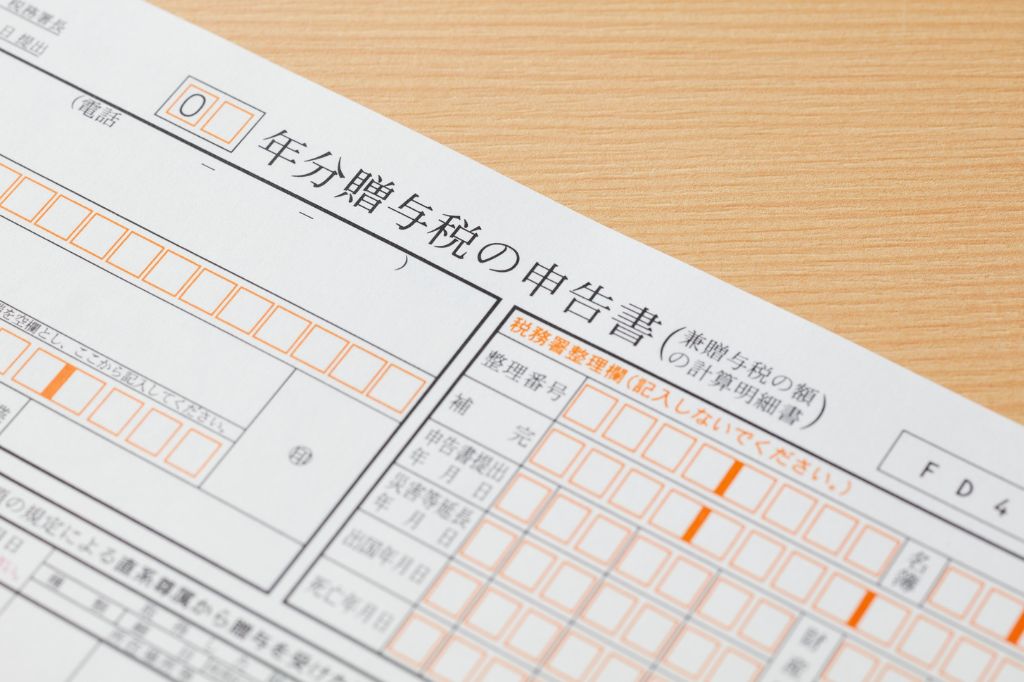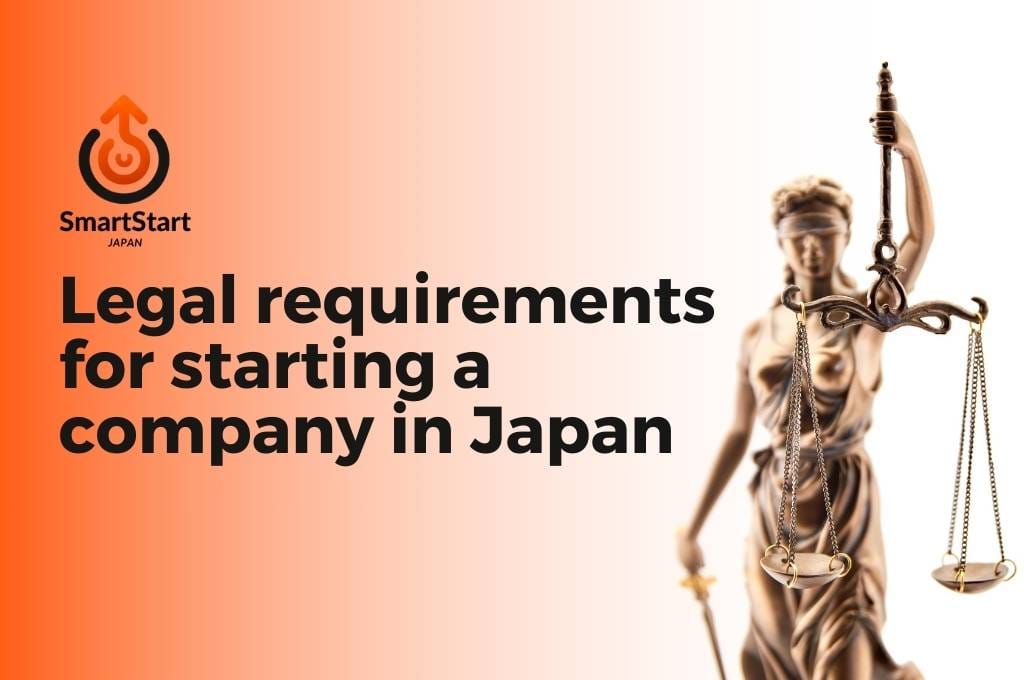Key Takeaways
- Foreign Founders must have legal and administrative filings completed post incorporation of their company so that they can avoid penalties.
- Governance, such as company seals, shareholder meetings, and changes to the Legal Affairs Bureau, are legal requirements and cannot be overlooked.
- Proper banking, accounting, and tax reporting are ongoing responsibilities and are not one‑off tasks.
- What Are the Essential Legal & Administrative Filings You Need to Do?
- Social and Labor Insurance Enrollment
- Company Governance and Record Keeping
- Annual Shareholder Meetings (KK Only)
- How Do I File Changes with the Legal Affairs Bureau?
- Banking and Financial Setup
- Accounting System Setup
- Taxation and Reporting Duties
- Industry-Specific Compliance Requirements
“I’ve incorporated my company in Japan, but why am I still filing things?” Many foreign founders find themselves asking this question. The answer is simple; afterwards comes a list of crucial legal filings, such as tax duties and governance requirements. These tasks, although long, can prove to Japanese banks, regulators, and partners that your company is serious. Failing to take even a single step into account can lead to fines, delays, and a loss of credibility. The purpose of this article is to walk you through the important tasks you must complete, why they matter, and to show you how you can stay on track from the very start.
(If you haven’t incorporated your company yet, see our Japan Market Entry Guide for a broader view.)
What Are the Essential Legal & Administrative Filings You Need to Do?
After incorporation, companies must immediately notify and register with relevant government agencies. Here’s what you need to do:
National Tax Agency Registration
Timeline: Within 2 months of incorporation
Documents required:
- Corporate tax registration (法人税の設立届出書 [Hōjinzei no setsuritsu todokede-sho])
- Withholding tax registration (給与支払事務所等の開設届出書[Kyūyo shiharai jimusho-tō no kaisetsu todokede-sho])
- Consumption tax registration (消費税課税事業者届出書[Shōhizei kazei jigyōsha todokede-sho], if applicable)
- Supporting documents:
- Certificate of corporate registration (登記事項証明書[Tōki jikō shōmeisho])
- Articles of incorporation (定款[Teikan])
- Company seal certificate (印鑑証明書[Inkan shōmeisho])
How to file:
- Obtain forms – download from the National Tax Agency (NTA) website or collect them at your local tax office.
- Prepare documents – complete the forms with your company’s registered information. Stamp them with your company seal and attach certified copies of the supporting documents.
- Submission – you can:
- File in person at the tax office that covers your registered company address,
- Mail the forms with attached copies, or
- Use the electronic system e-Tax, if you’ve registered.
- After submission – the NTA will issue your company’s corporate tax number. Keep the notice carefully, as you’ll need it for all future filings and payments.
Cost: Free (government filing)
(For more on hiring and employment rules, see HR & Hiring in Japan for a better understanding.)

Local Tax Office Notifications
Timeline: Within 1 month of incorporation What it covers: Prefecture and municipal corporate taxes
Documents needed:
- Same documents as NTA registration
- Completed local tax notification forms
Process:
- Contact your local prefectural and municipal tax offices
- Submit notification forms specific to each jurisdiction
- Some areas accept online submissions through eLTAX system
Timeline: Within 1 month of incorporation
Documents required:
- Prefectural corporate tax notification forms (都道府県税事務所への法人設立届出書[Todōfuken zei jimusho e no hōjin setsuritsu todokede-sho])
- Municipal corporate tax notification forms (市区町村税事務所への法人設立届出書[Shikuchōson zei jimusho e no hōjin setsuritsu todokede-sho])
- Supporting documents:
- Certificate of corporate registration
- Articles of incorporation
- Company seal certificate
How to file:
- Get the forms – each prefecture and municipality has its own forms, available from their tax offices or downloadable online.
- Prepare documents – fill in your corporate registration details and attach stamped copies of required certificates.
- Submission –
- In person at both the prefectural and municipal tax offices, or
- Via the online eLTAX system (if your local government participates).
- After submission – you’ll receive acknowledgment of registration from each office. This ensures your company is set up for corporate inhabitant taxes at both the prefectural and municipal levels.
Cost: Free (government filing)

Social and Labor Insurance Enrollment
Documents needed:
- Employee contracts and salary details
- Company registration documents
- Individual employee information (address, salary, etc.)
| Insurance Type | Office | Deadline | Cost & Contribution Split (as of April 2025) |
| Health Insurance (健康保険[Kenkō hoken]) | (Look into your specific prefecture) | 5 Days after Hiring | ~10.5% (varies by prefecture), split 50/50 between employer & employee |
| Employees’ Pension Insurance (厚生年金保険 [Kōsei nenkin hoken]) | Japan Pension Service Office | 5 Days after Hiring | 18.3% total, split 50/50 (9.15% each) |
| Employment Insurance (雇用保険[Koyō hoken]) | Hello Work Office | Day of Hiring | 1.45% total (0.9% employer, 0.55% employee) higher in agriculture/forestry (1.65%) & construction (1.75%) |
| Workers’ Compensation Insurance (労災保険[Rōsai hoken]) | Labor Standards Inspection Office | Day of Hiring | ~8.8%, paid 100% by employer (rate varies by industry) |
Company Governance and Record Keeping
Good governance not only fulfills legal requirements but also reassures Japanese partners that your company is reliable. The Legal Affairs Bureau provides the framework for required filings.
What to Do with My Hanko (Company Seal)?
What it is: A traditional Japanese stamp bearing your company name, used instead of signatures on official documents. The company seal (hanko) remains essential in Japan, as it is required for contracts, banking, and many other official documents.
Types needed:
- Company seal (会社実印[Kaisha jitsuin]) – for major legal documents
- Bank seal (銀行印[Ginkōin]) – for banking transactions
- Invoice seal (角印[Kakuin]) – for invoices and daily business
Where to get it:
- Specialized hanko shops
- Online retailers
- Department stores with hanko sections
Important: Keep seals secure – they have legal authority equivalent to your signature. For a deeper overview of hanko, the Ministry of Justice and JETRO provide English-language guides explaining its history, types, and usage in business.

Annual Shareholder Meetings (KK Only)
Legal requirement: Only Kabushiki Kaisha (KK) companies must hold annual shareholder meetings, even single-shareholder KKs. Godo Kaisha (GK) companies do not have this requirement.
Why it’s important:
- Demonstrates compliance with corporate law
- Protects company during audits or legal disputes
- Required for certain business transactions and bank relationships
What to prepare:
- Meeting agenda covering required topics (financial statements, director appointments)
- Meeting minutes template
- Financial statements and business reports
- Shareholder attendance records
Key topics to cover:
- Approval of annual financial statements
- Director and auditor appointments/reappointments
- Dividend distributions (if applicable)
- Major business decisions requiring shareholder approval
Timeline: Must be held within 3 months of fiscal year-end
Documentation: Keep detailed meeting minutes in both Japanese and English for future reference
(For more information on the mannerisms in Japan, see our video here.)
How Do I File Changes with the Legal Affairs Bureau?
Changes such as director appointments, company address, or capital structure must be filed with the Legal Affairs Bureau. Keeping these records current is essential for transparency and legality.
Types of Changes Requiring Filing
- Director appointments or resignations
- Company address changes
- Capital increase or decrease
- Business purpose modifications
- Company name changes
When to File
Deadline: Within 2 weeks of the change occurring Consequences of delay: ¥100,000 penalty for late filing
Filing Process
Step 1: Prepare required documents
- Completed change application form
- Supporting documents (meeting minutes, contracts)
- Updated company seal if name changed
Step 2: Submit to Legal Affairs Bureau
- Visit the bureau covering your registered address
- Pay required fees (¥10,000-¥30,000 depending on change type)
- Submit application and supporting documents
Step 3: Receive updated registration
- Processing time: 1-2 weeks
- Obtain new certificate of corporate registration
- Update all business relationships with new information
Required Documentation
- Shareholder/board meeting minutes approving changes
- New director acceptance letters (for appointments)
- Proof of new address (for relocations)
- Updated articles of incorporation (if applicable)
Banking and Financial Setup
Corporate Bank Account Requirements
A key step is opening a corporate bank account. According to PwC Japan, banks may require extensive documentation, and foreign-owned companies can sometimes face even further inspection. Once established, bookkeeping must align with Japanese GAAP, so hiring a bilingual accountant or tax advisor can save time and prevent costly mistakes.
Timeline: Should be completed within 1-2 months of incorporation
Required documents:
- Certificate of corporate registration (登記事項証明書[Tōki jikō shōmeisho]) – recent copy
- Articles of incorporation
- Company seal and seal certificate
- Business plan and financial projections
- Director identification documents (passport, residence card)
- Proof of office address
- Expected transaction details
Process:
- Research banks that work with foreign companies (major banks: MUFG, Mizuho, SMBC)
- Schedule appointment with business banking department
- Prepare comprehensive documentation package
- Attend meeting with company director
- Wait for account approval (2-4 weeks typical)
Costs:
- Account opening: Usually free
- Monthly maintenance: ¥2,000-¥5,000
- Transaction fees: ¥200-¥800 per transaction
Timeline challenges: Foreign-owned companies may face additional scrutiny, extending the process to 4-8 weeks

Accounting System Setup
Requirements: Must align with Japanese GAAP (Generally Accepted Accounting Principles)
Recommended steps:
- Hire bilingual accountant or tax advisor
- Set up Japanese-compliant accounting software
- Establish monthly bookkeeping procedures
- Create system for receipt and invoice management
Software options:
- free (Japanese cloud accounting)
- Money Forward (popular with SMEs)
- PCA (more comprehensive for larger companies)
Taxation and Reporting Duties
Companies in Japan face ongoing taxation requirements, as outlined by the NTA:
Corporate Tax Returns
Frequency: Annual filing required Deadline: Within 2 months of fiscal year-end
What’s included:
- Corporate income tax calculation
- Local corporate tax computations
- Tax payment or refund processing
Preparation requirements:
- Maintain detailed financial records
- Prepare financial statements in Japanese format
- Calculate taxable income according to Japanese tax law
Consumption Tax (VAT)
Threshold: Generally applies when annual sales exceed ¥10 million Filing frequency:
- Annual filing for most companies
- Quarterly filing for large taxpayers
Key considerations:
- Must register if threshold exceeded
- Complex calculation involving input and output tax
- Different rates for different goods/services
Withholding Tax Obligations
For employers with staff:
- Monthly withholding from employee salaries
- Remittance to tax office by 10th of following month
- Annual year-end adjustment process required
Documents needed:
- Employee salary records
- Tax withholding tables
- Individual employee tax information
Industry-Specific Compliance Requirements
Restaurant and Food Service
Health department requirements:
- Food handler’s license for managers
- Health and safety inspections (frequency varies by municipality, typically conducted based on annual supervision plans)
- Compliance with local food safety regulations
Timeline: Permits required before opening
Cost: ¥10,000-¥50,000 depending on location and scope
(For more information on Food Handler’s licenses and other Health Department Compliances, see our video on Starting a Restaurant.)
Import/Export Businesses
Customs registration requirements:
- AEO (Authorized Economic Operator) certification for frequent traders
- Import/export permits for restricted goods
- Customs broker relationships for complex transactions
Timeline: 1-3 months for full registration.
Cost: Varies by registration type and goods handled
Technology Startups
Intellectual property protection:
- Trademark registration for brand protection
- Patent applications for innovations
- Copyright registration for software and content
Timeline: 6-18 months for full protection Cost: ¥20,000-¥200,000+ depending on scope
Conclusion
Incorporating your company is only the first step of doing business in Japan. Covering the important legal filings, governance, taxation, and HR obligations is where companies are able to prove their commitment to operating responsibly. Following the guidance from JETRO, the NTA, and the MHLW can greatly help in avoiding penalties and focus on their company growth. Many foreign founders can stay flexible by partnering with local accountants, lawyers, or advisors, as it is a reliable way to earn trust in the Japanese market.





